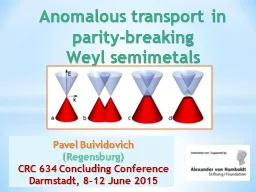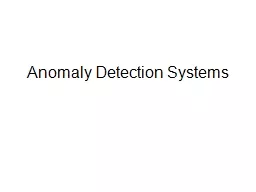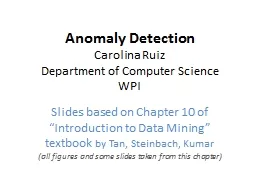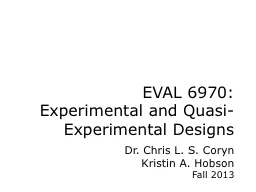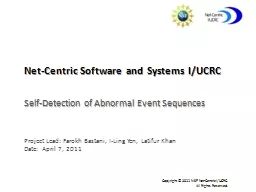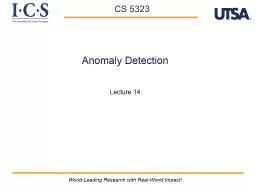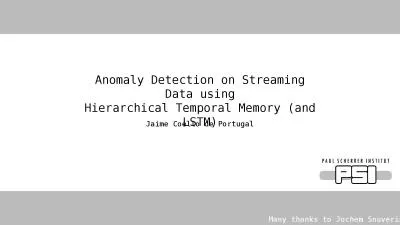PPT-Experimental Analysis on Performance Anomaly
Author : karlyn-bohler | Published Date : 2017-07-25
for Download Data Transfer at IEEE 80211n Wireless LAN Author Yoshiki Hashimoto Masataka Nomoto Celimuge Wu Satoshi Ohzahata and Toshihiko Kato ICN 2016
Presentation Embed Code
Download Presentation
Download Presentation The PPT/PDF document "Experimental Analysis on Performance Ano..." is the property of its rightful owner. Permission is granted to download and print the materials on this website for personal, non-commercial use only, and to display it on your personal computer provided you do not modify the materials and that you retain all copyright notices contained in the materials. By downloading content from our website, you accept the terms of this agreement.
Experimental Analysis on Performance Anomaly: Transcript
Download Rules Of Document
"Experimental Analysis on Performance Anomaly"The content belongs to its owner. You may download and print it for personal use, without modification, and keep all copyright notices. By downloading, you agree to these terms.
Related Documents




